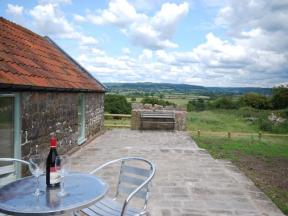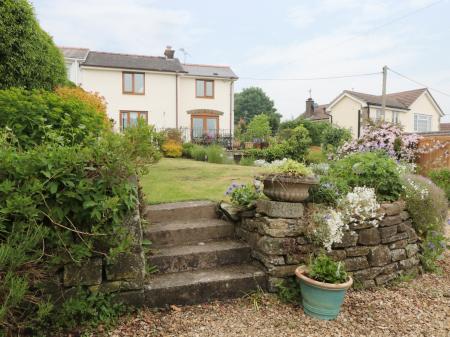
It is quite possible that Horton Court rectory was the first in England. The north wing of the manor dates to around 1140, though it was remodelled several times in the medieval period and again in the 18th century. The main part of the manor house was built around 1521.
What makes Horton Court so intriguing is that it represents one of the very few examples of an unfortified Norman domestic building in the country. Normally, the Normans built with defence firmly in mind, so domestic buildings were well fortified and might better resemble a castle than a house. Horton Court, on the other hand, seems to have escaped this approach entirely.

The manor was rebuilt in 1521 by William Knight, a prebendary of Salisbury. In the early 18th century an upper floor was added over the Norman hall, joining the hall and the house, and creating a Catholic chapel.
Note: The manor house is privately owned and not open to the public. The rectory and hall are well worth a trip, though!
UPDATE
After a long and expensive restoration project by the National Trust, Horton Court has reopened as a holiday cottage capable of hosting 10 guests. Unfortunately, as of this writing, the historic house, chapel, and gardens appear to be closed to non-paying guests. You can, however, easily see the Court, rectory, and hall exteriors, from the neighbouring parish church of St James the Elder. You can also see the picturesque Tudor loggia from the churchyard.
Getting There
Horton Court is located on a country lane north of the village of Horton. You can reach Horton off the A46, just north of the Chipping Sodbury turnoff. From the centre of the village, take the signposted turning to the right, following the brown National Trust sign, in the direction of Hawkesbury. The winding lane provides wonderful scenic views west. You will reach the Court and the neighbouring parish church after 1km (just over half a mile).
 We've 'tagged' this attraction information to help you find related historic attractions and learn more about major time periods mentioned.
We've 'tagged' this attraction information to help you find related historic attractions and learn more about major time periods mentioned.




